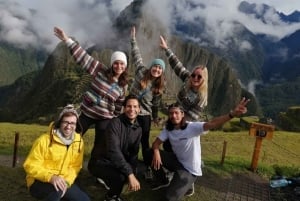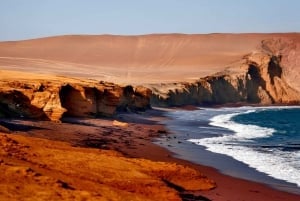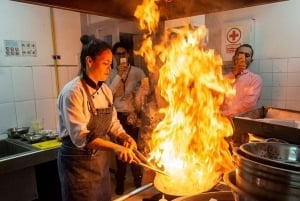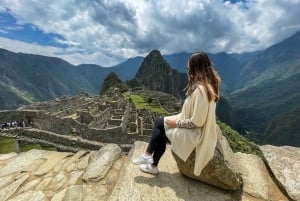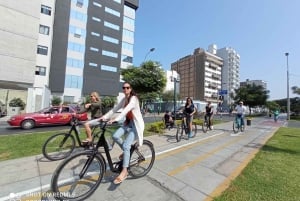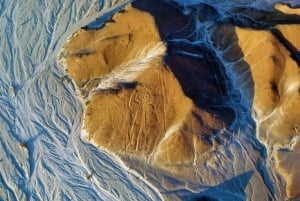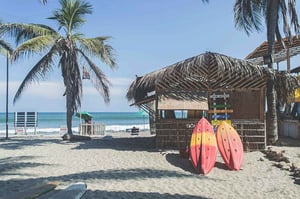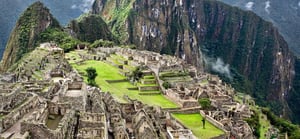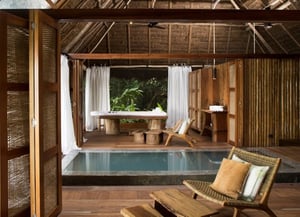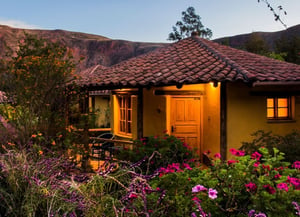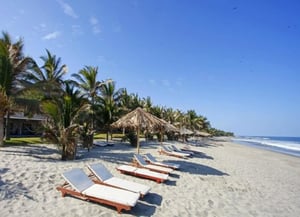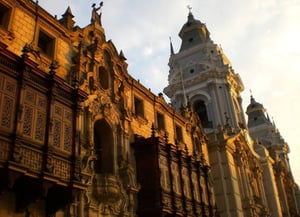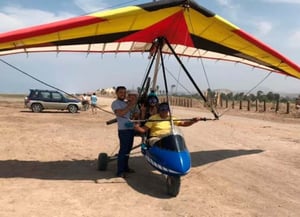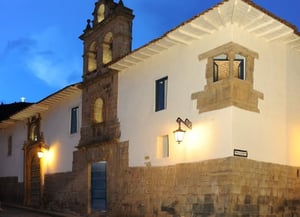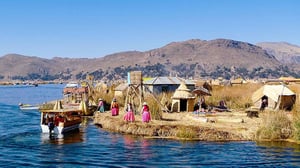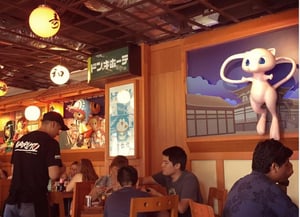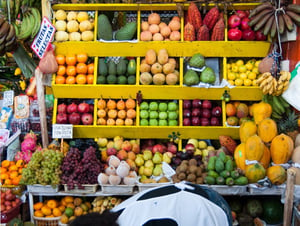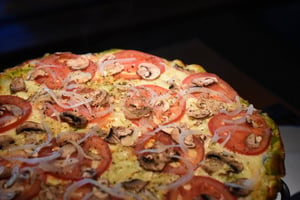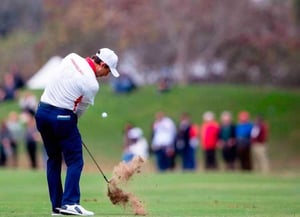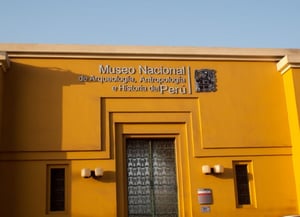Site Museum Winery and Quadra
Site Museum Winery and Quadra
Bodega Y Quadra House, Lima, Peru… ..As part of the Urban Renewal Program of the Historic Center of Lima, the Municipal Real Estate Company of Lima (EMILIMA, acronym in Spanish) has the mission of conserving archaeological remains, the restoration of historic buildings, and the construction of modern social buildings in sectors where there are no vestiges of pre-hispanic or colonial buildings.
Bodega and Quadra House was one of the old houses almost in ruins in the area considered as a Cultural Heritage of Lima. The initial intention was to relocate the residents of these houses to proceed to demolish them and build modern ones. Low-cost houses Possibly it would have been condemned to disappear if a group of architects and archaeologists had not found evidence of an unexpected and unknown part of the history of the city of Lima.
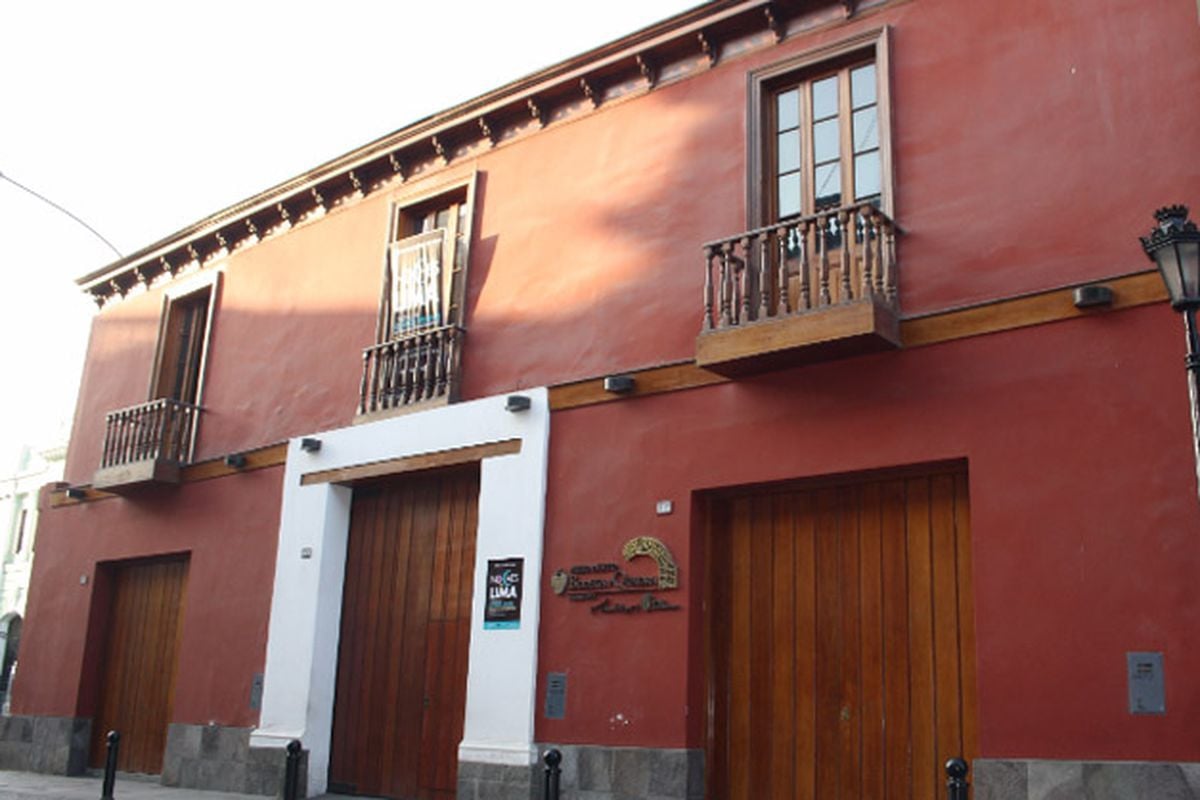 Bodega House Front
Bodega House Front
Under several layers of plaster and clay, at the entrance of the house, arch an arch with the Jesuit symbols was found. This alerted the architects and archaeologists about the antiquity of the construction. Little by little the house was revealing its secrets and it is then that work began on what became the largest excavation of colonial archeology within the urban area.
In an area, seventy meters long and forty meters wide were found remains of Incan pots and utensils, wine vats, ceramic pipes dating from the sixteenth and seventeenth centuries, Chinese porcelain dating from 1580 to 1800 (Ming included); artifacts of metal, bone, and wood; tableware in ceramics, porcelain and earthenware from Nicaragua and Panama, candlesticks, knives, earrings, and other precious jewels, sixteenth-century Seville tiles ... in short, material that filled more than 600 boxes. Some are currently exhibited in the Site Museum.
According to the investigations and the historical references, in this place the main butchery of Lima worked as well as the first foundries, then a market, and later the whole place was closed and filled with construction material.
The construction of the property dates back to the 17th century, in the back, seven meters below ground level, a tajamar or dam was found built to stop the floods of the Rimac River, they also found corridors with arches from the colonial era, a system of channels and a square with boulders.
The house was acquired in 1748 by the shipping merchant Tomás de la Bodega and Quadra, of Basque origin, who used many of the areas of the house as warehouses. He was the father of Juan Francisco de la Bodega and Quadra, an officer born in Peru and a member of the Spanish Navy, who sailed from San Blas, between 1774 and 1778, exploring the coast of the Pacific Ocean of northwestern America, reaching Alaska. It is in his honor that the name is given to the house.
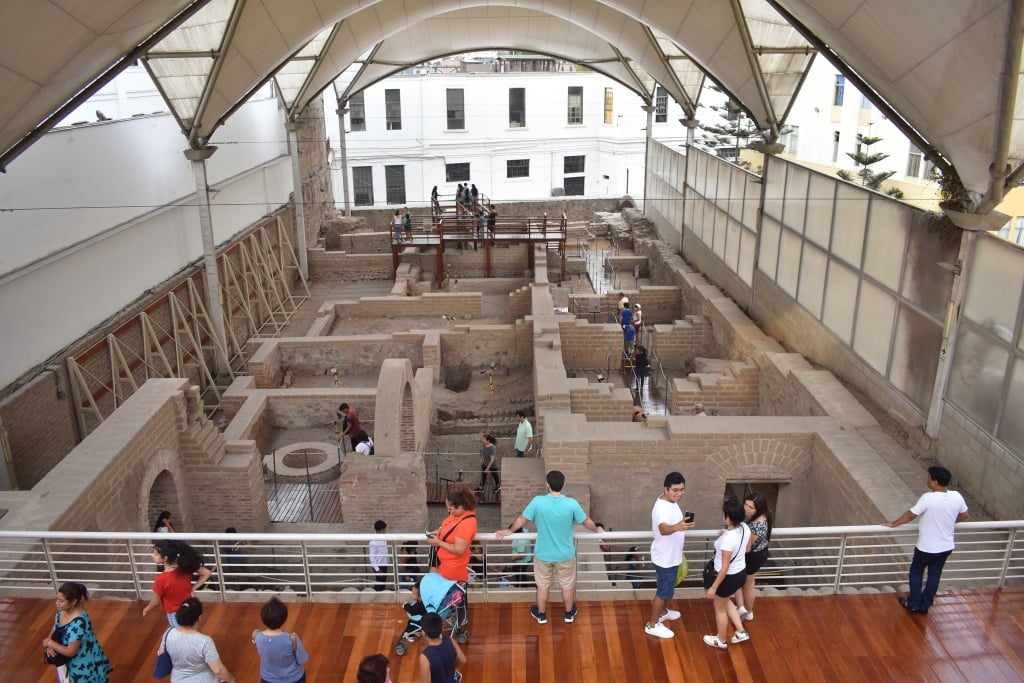 Bodega House Basement
Bodega House Basement
The Bodega and Quadra family owned many businesses and their ships transported their cargoes between Chile, Panama, and Mexico, which explains the diversity of vestiges found destined, mainly, for the upper class of the colony.
Casa Bodega y Quadra is located in block 2 of Jr. Ancash, next to the Desamparados station. The first time I visited it in 2014, the remodeling work of the house was still underway, it has now become a sober and well-lit Site Museum and can be visited from Tuesday to Sunday from 9 am to 5 pm. It has been declared with justice as priceless by the National Institute of Culture.
As part of the Urban Renewal Program of the Historic Center of Lima, the Municipal Real Estate Company of Lima (EMILIMA) has the mission of conserving archaeological remains, the restoration of historic buildings, and the construction of modern buildings of social character in sectors where there are no vestiges of prehispanic or colonial constructions.
The Bodega and Quadra House was one of the old houses almost in ruins in the area considered as Cultural Heritage of Lima, the initial intention was to relocate the inhabitants of these houses to demolish them and build modern and low-cost housing, and possibly would have been condemned to disappear if a group of architects and archaeologists had not found evidence of an unexpected and unknown part of the history of the city of Lima.
Under several layers of plaster and clay, an arch with the Jesuit symbols was found at the entrance of the house, which alerted the architects and archaeologists about the age of the construction, little by little the house was revealing its secret and it is then that
Work began for what became the largest excavation of colonial archeology in the urban area.
In an area of seventy meters long and forty meters wide, remains of pitchers and Inca utensils, vessels for storing wines, ceramic pipes dating from the sixteenth and seventeenth centuries, Chinese porcelain dating from 1580 to 1800 (Ming included), metal, bone, and wood artifacts; tableware in ceramics, porcelain and earthenware from Nicaragua and Panama, candlesticks, knives, earrings, and other precious jewels, Sevillian tiles from the 16th century ... in short, material that has completed more than 600 boxes; some are currently exhibited in the Site Museum.
According to the investigations and historical references, the main butcher shop in Lima worked as well as the first smelters, then a market was established and then the whole place was closed and filled with construction material.
The construction of the property dates from the 17th century, in the back, seven meters below ground level, a tajamar or dam was found to stop the floods of the Rímac River, also found corridors with arches from the colonial era, a system of canals and a square with a boulder.
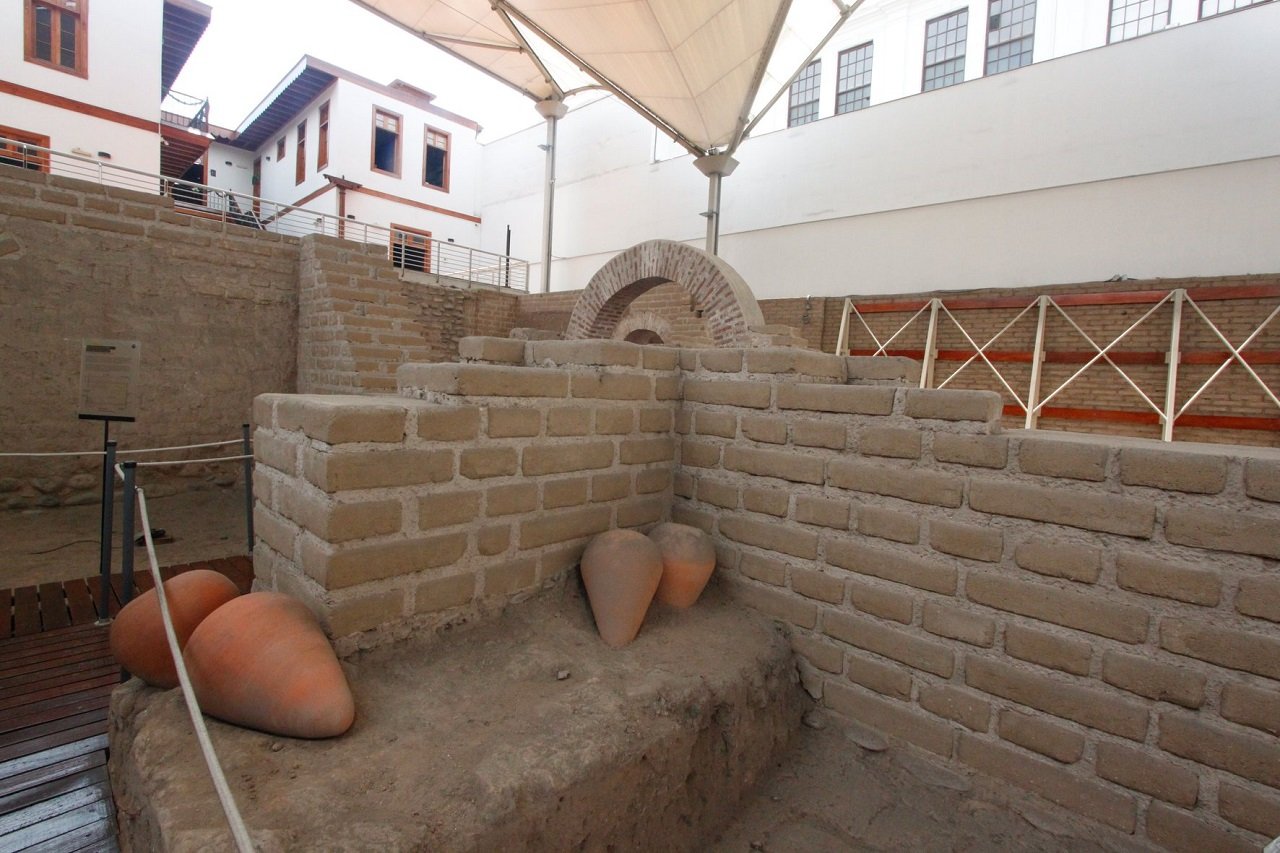 Basement
Basement
The house was acquired in 1748 by the shipping merchant Tomás de la Bodega and Quadra, of Basque origin, who used many of the house's environments as cellars. He was the father of Juan Francisco de la Bodega and Quadra, an officer born in Peru and a member of the Spanish Navy, who sailed from San Blas, between 1774 and 1778, exploring the Pacific Ocean coast of northwestern America, reaching Alaska. It is in his honor that the house is named.
The Bodega and Quadra family owned many businesses and their ships transported their loads between Chile, Panama, and Mexico, which explains the diversity of traces found destined, mainly, for the upper class of the colony.
The Bodega and Quadra House is located in block 2 of Jr. Ancash, next to the Desamparados Station. The first time I visited it in 2014, the house was still being remodeled, it has now become a sober and well-lit Site Museum, which can be visited from Tuesday to Sunday from 9 am 5 pm. It has been declared with justice as intangible by the National Institute of Culture.







